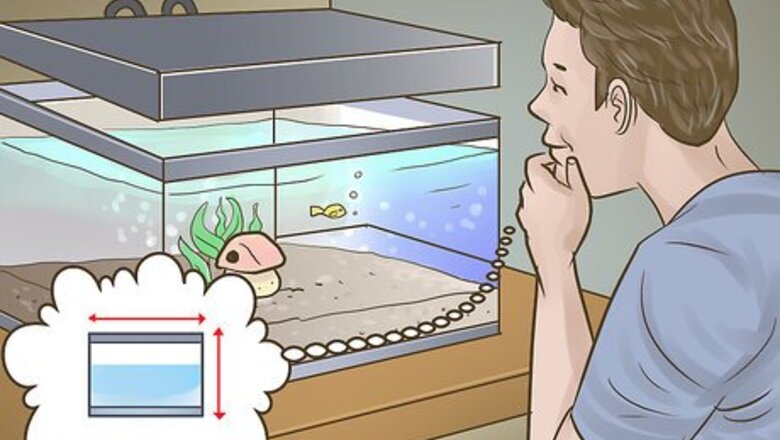
views
Considering Your Current Tank Environment
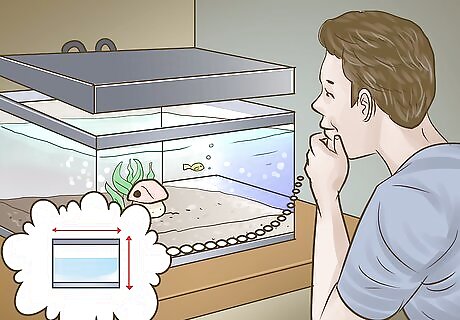
Scrutinize your tank dimensions. Just like for fish, the shape and size of your tank matters. The most important part to look at is the width, length, and height. If your tank is tall but has a small water surface area, don’t put many floating plants. If your tank is wide but shallow, short rooted and floating plants are best. The trick is to accommodate plants that can grow to their full potential; you don’t want a foot-tall plant growing in a shallow tank! The water capacity is not usually considered for plants, as they do not swim around or create that much waste. Make sure your filter can process the amount of water there as well if your tank is tall, wide or deep.
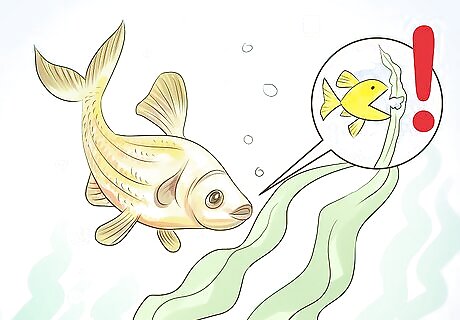
Think about co-existing tankmates. Do you have goldfish, plecos, or other creatures that love eating vegetation? Many standard freshwater fish or invertebrates are plant-friendly, but some aren’t. Curious fish love pecking plants as well, so try sturdy plants such as: Marimo moss balls Amazon sword Java fern Anubias
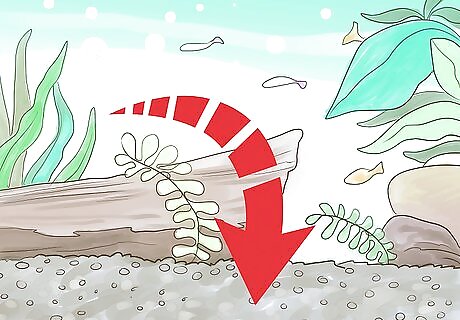
Consider your substrate. Many people plant directly onto the substrate, which is usually gravel. Sand is beautiful, but many plants aren’t compatible, so it’s not always ideal. Generally, try for rooted plants where the majority will be for gravel. If you wish to use pellet fertilizer in the future, gravel is the best. If you have sand or no substrate, floating plants, moss balls, and anchoring plants will work. Anchoring plants include mosses and other ground-creepers. Most small to medium gravel sizes are compatible. However, large pebble-like gravel can be hard for plants to root in.
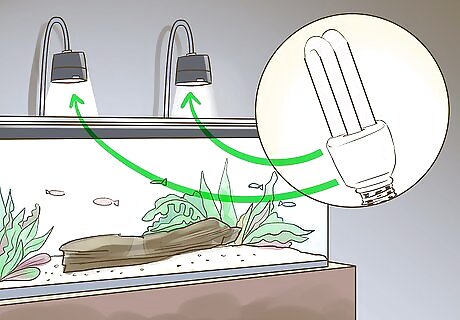
Think about appropriate lighting. Generally 2 to 5 wattage per gallon is good. Standard fluorescent and LED is okay for beginner plants, which don’t need much light. Other types of fluorescent bulbs are better. Your lights should come with a label detailing the type of bulb and wattage; check this. LED lights are sensitive to moisture, so use a glass cover. Incandescent bulbs are not recommended because they produce a lot of heat and are not energy-efficient at lighting.
Testing Your Tank System
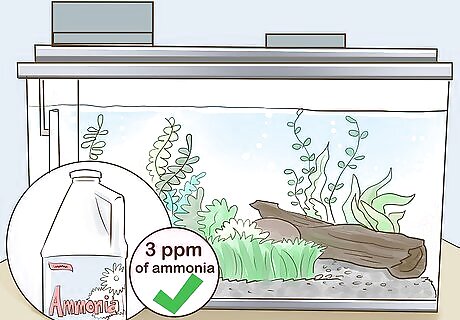
Add a source of ammonia to the unpopulated tank. This is to see how efficient your tank is at processing waste. Putting in a pinch of fish flakes works, but using pure ammonia sold as cleaner is quicker. Calculators are available online to check how much ammonia you should be putting in your tank; 3 ppm of ammonia is the best concentration to aim for. Never add ammonia to a tank that already has animals. Adding ammonia to a tank with animals can poison them, so be careful to only add it if it is needed. If your tank has at least 50% of its fish capacity, skip this step. There’s a steady source of natural ammonia already! Search for “ammonia concentration calculator” for calculating how much ammonia to add. If you do use cleaning ammonia, make sure it is pure, isn’t scented, colored, and doesn't have any additives besides water.
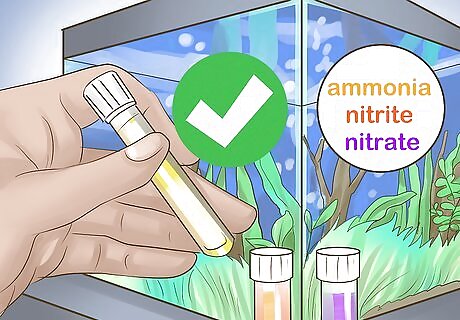
Test the water every day for at least a week. In this period of time, don’t add any more ammonia. Test for the big three: ammonia, nitrite, and nitrate. While test tube-style tests can take a long time, they provide more accurate results than test strips. Adding ammonia without testing at this stage might stall your system. Some pet stores will test your water as a customer service for free, so ask the employees what tests they offer. If they only use test strips, it's better to just buy your own test tube kit (which will serve you well in the long run anyway) and test your water yourself.
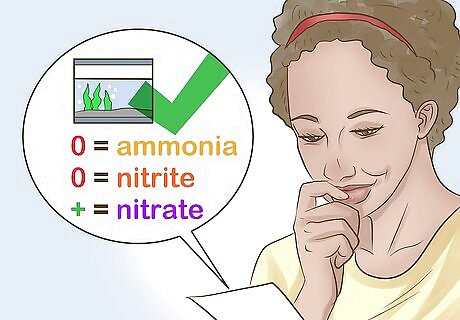
Evaluate the results. If your ammonia, nitrites, or both are still present after this testing time period, it just means you need to let the system naturally cycle for a bit. If your ammonia and nitrites are 0, and nitrates are present, congratulations! Your tank is cycling well.
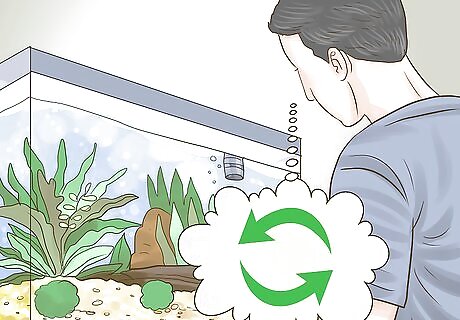
Touch up your system as needed. If your tank isn’t up to par, cycle it until ammonia can be quickly neutralized into nitrates. If your tank's ammonia tested fine, you may still need to do a 25% water change to reduce nitrate levels over 20 ppm -- using properly conditioned water. Adding invertebrates like shrimp can help with clearing up dead matter, which in turn means less ammonia for you to worry about. Again, do not add any live animals into tanks with high levels of ammonia and nitrites.
Planning Locations and Plant Types
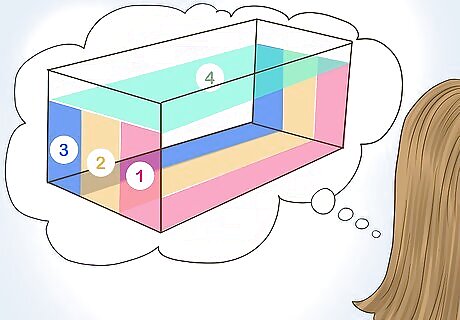
Mentally divide your tank into four sections. These sections are the foreground, middle, background, and the less acknowledged water surface. If you imagine slicing your tank lengthwise into three sections, those are the first three sections mentioned. The foreground is the closest section to a viewer. The background is the section farthest from the viewer. The middle is sandwiched between the two. The surface of the water is included because floating plants are commonly used, and do take up their own space.
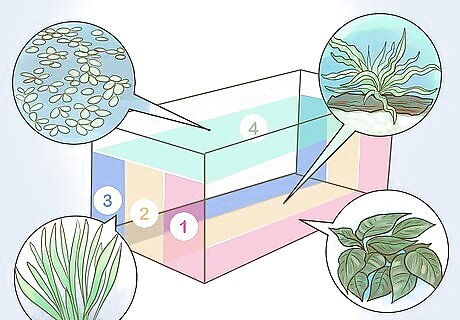
Choose plants based on your desired section for their placement. The background does well with thick, long growth, sort of like a curtain backdrop. The middle is usually reserved for wood and rocks, where a variety of medium-sized plants can be anchored. Since the foreground is the closest to the viewer, delicate and small plants are favored here. Any type of floating plant is good for the surface; it's just up to your own preference. Foreground plants include: Anubias Dwarf hair grass Any carpeting plants Middle distance plants include: Java fern Java moss Dwarf ferns Background plants include: Amazon sword Water sprite Crypts Surface plants include: Duckweed Bladderwort Water lettuce
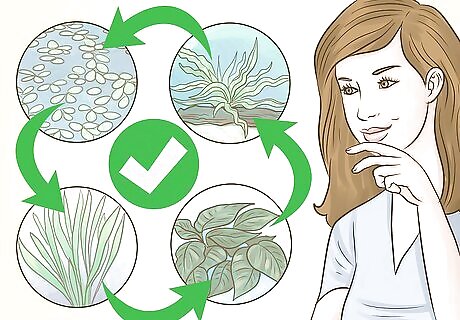
Plan how the plants will coexist. If you want competitive, fast-growing floating plants, those can block light to lower plants, such as moss. Bushy, tall plants also block light in their shade. Picking plants that conflict, such as fast growers that have the potential to block out light to overshadowed plants is not a good idea. Each plant also has different light and fertilizer requirements; just make sure every plant and its place in the tank matches each other's needs to prevent such conflicts. If you’re sure you can keep up, you can just prune or transplant the fast-growing plants regularly to ensure enough light reaches all levels of your water. Spacing out plants that block out light is another option to control them. ”Beginner” plants (ferns, moss, swords) usually have the same comfort zone, so consider these if you want multiple plant species co-existing together.
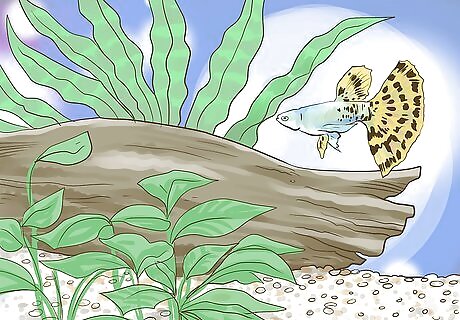
Accommodate tankmates’ needs. Most animals aren’t picky, but some love shade or protection. Livebearers, which include guppies and mollies, especially need thick protection for fry to hide among. Egg layers would also benefit from their kind of place to nest. Generally, small animals would benefit from cover and concealment. Plants also provide a source of food for some animals. Mix floating and bushy plants to provide cover so fry don't stand-out as well-lit "food" in open areas.
Choosing Healthy Plants

Find out how long the plants have been sitting on shelves in the store. Employees or managers will be able to answer this question. This especially pertains to ones kept in containers, which are the most popular. Oftentimes, plants are shipped and sold in sealed containers. While these containers often contain a watery gel for nutrients, the plant inside can exhaust this over time. If the plant has been in the store for over half a year, skip it. If the plants you’re interested in are kept in tanks, this freshness step can be skipped.
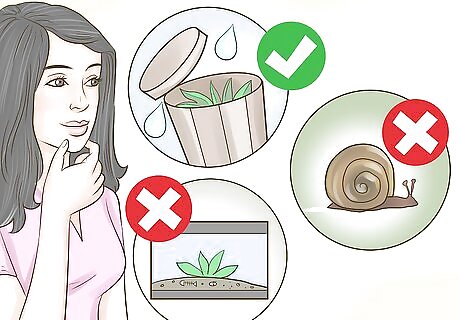
Take a look at the environment the plants are being kept in. If it’s in a sealed container, check if there is water condensation on the upper part of the container, and see what source of nutrients is available. Such water condensation means the plant is not dehydrated. And, vital nutrients can be in the form of gel or small fertilizer pellets. If the plants are in tanks, check whether there are dead animals or plants inside. Dead organisms indicate a lack of proper, consistent water care, so skip plants from these tanks. If you see small stray snails crawling near the plant, this is also not a good sign. Their tiny offspring can transfer from your new plant to your tank.
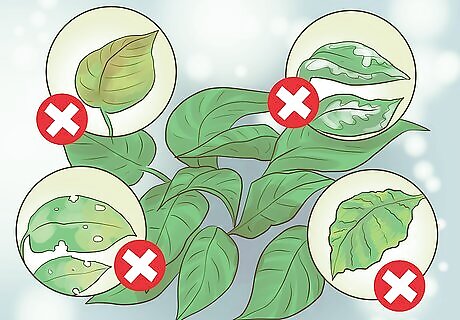
Look for plants without unreasonable signs of deterioration. A little is acceptable and normal; a lot is not good. If more than 25% of the plant exhibits these signs, skip buying it. The signs of deterioration include: Brown or black coloration of any part Slimy film present Shredded-looking (note that some plant species are naturally like this) Holes in the leaves
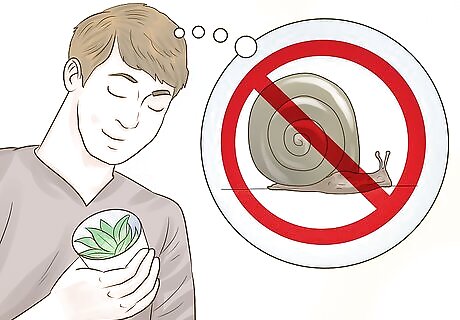
Choose snail-free brands. While there are plant-friendly snails sold in pet stores all over, the snails or their eggs hitchhiking in plants are not your friends. They are often small and dark, which makes them difficult to pick them out. When introduced to a nice, warm tank, they can reproduce quickly. Even if you don’t see snails themselves on the plants, eggs may be present. If you want to keep your plants intact and hole-free, this step is important, realizing Some snails, especially the plant-harming ones, can reproduce by themselves and don’t need a mate. To make sure your plants are snail-free, soak them for about 2 minutes in a chlorine bath of 1 gallon of water mixed with 1 1/2 cup household bleach. Name brands of bleach are sold at about 5.0% chlorine; so you're diluting that to 1/10 strength, 10% household chlorine bleach and 90% water for 0.5% = 1/2% chlorine. The plants best suited for this treatment are tougher, larger-leaved ones. Smaller plants should be soaked not more than 1 minute. Then dip them in a DeChlor solution and rinse them thoroughly with tap water. Repeat rinsing if the plants smell of chlorine. The plants best suited for this treatment are tougher, larger-leaved ones. Smaller plants should be soaked not more than 1 minute.










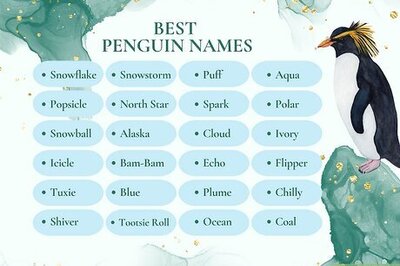



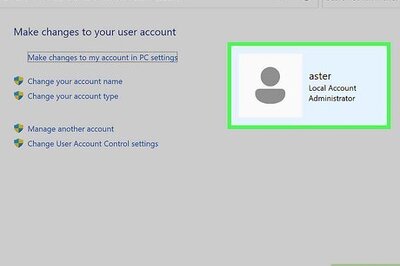
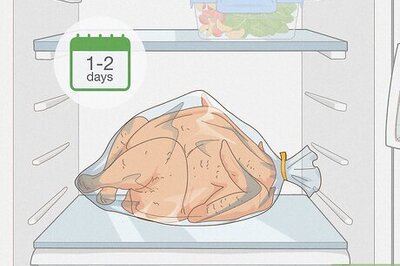
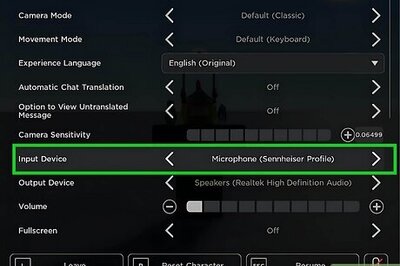


Comments
0 comment